Second-gen Shenxing battery adds 520km of range in five minutes, trumping BYD’s recently announced 400km charge in the same time.
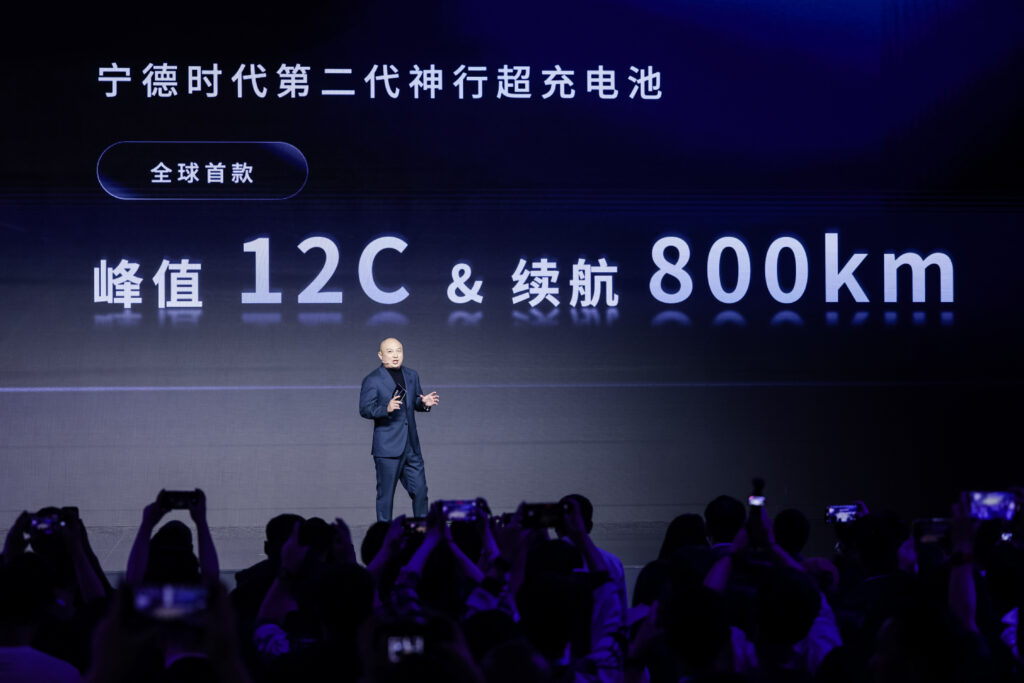
CATL, the world’s largest automotive battery maker, has stunned the electric vehicle world with three new product launches at its CATL Tech Day 2025.
The first product to be announced, and the one that will take the headlines, is the brand’s updated Shenxing LFP battery, which drew audible gasps from the audience when it was announced that it will have 12C charging capability, beating that of the recently announced 10C-capable BYD battery.
Marginally less exciting, but perhaps of greater significance for the environmental credentials of battery production going forwards, was the announcement of the Naxtra battery, the world’s first mass produced sodium-ion battery, including to use cases and impressive safety performance.
The final announcement, that of the Freevoy Dual-Power battery, is the most intriguing, given its ability to usher in a whole new era of EV battery construction and make-up that hasn’t been seen before.
Below we’ll break the announcements down one-by-one.
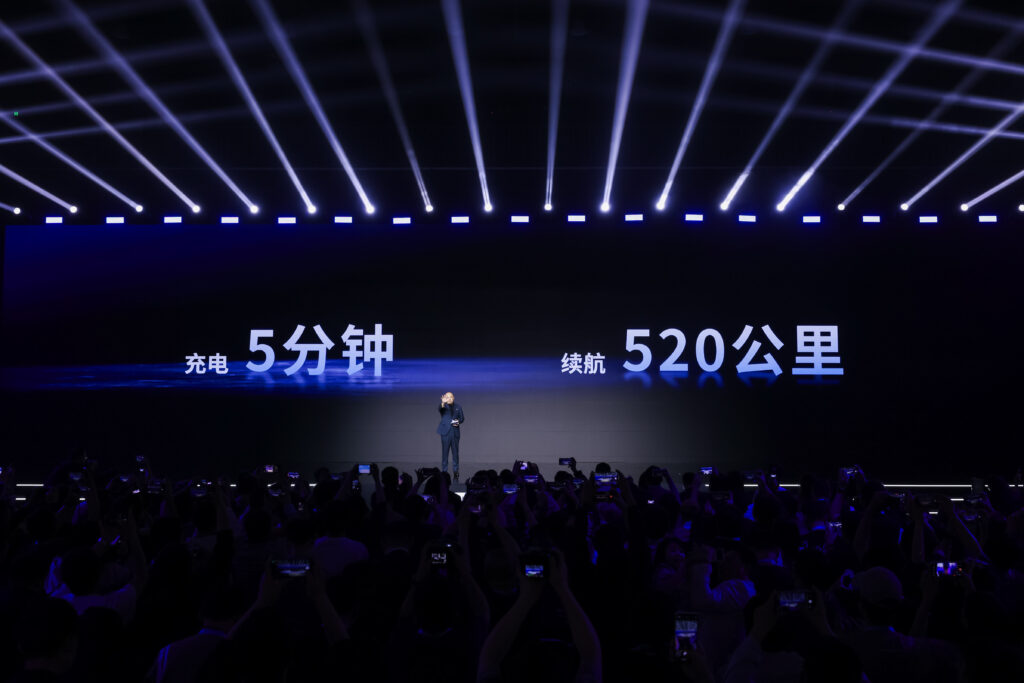
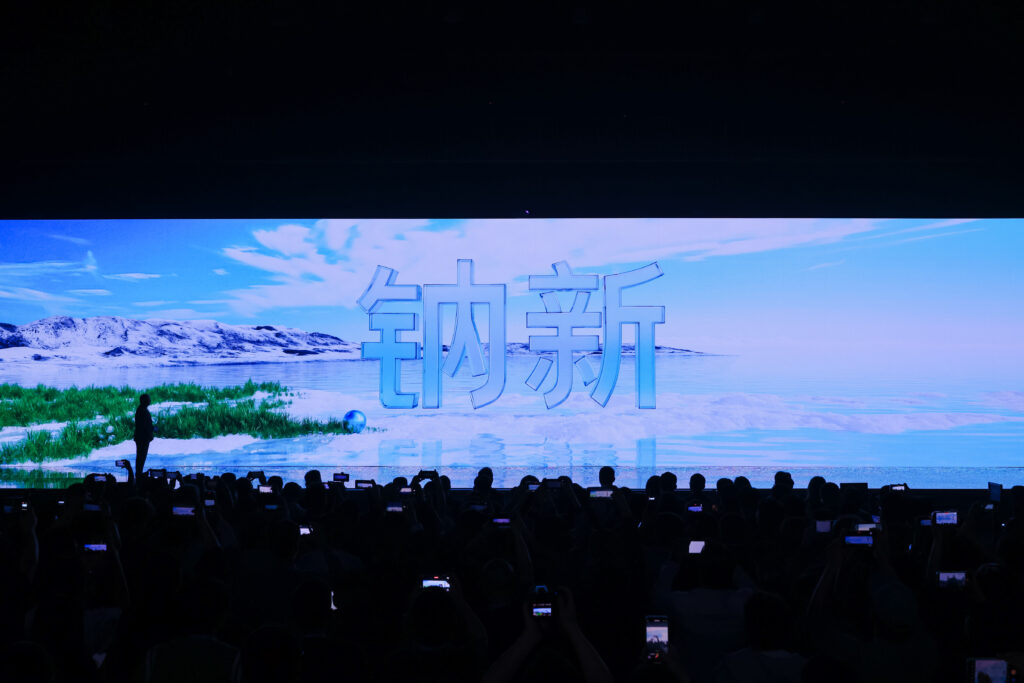
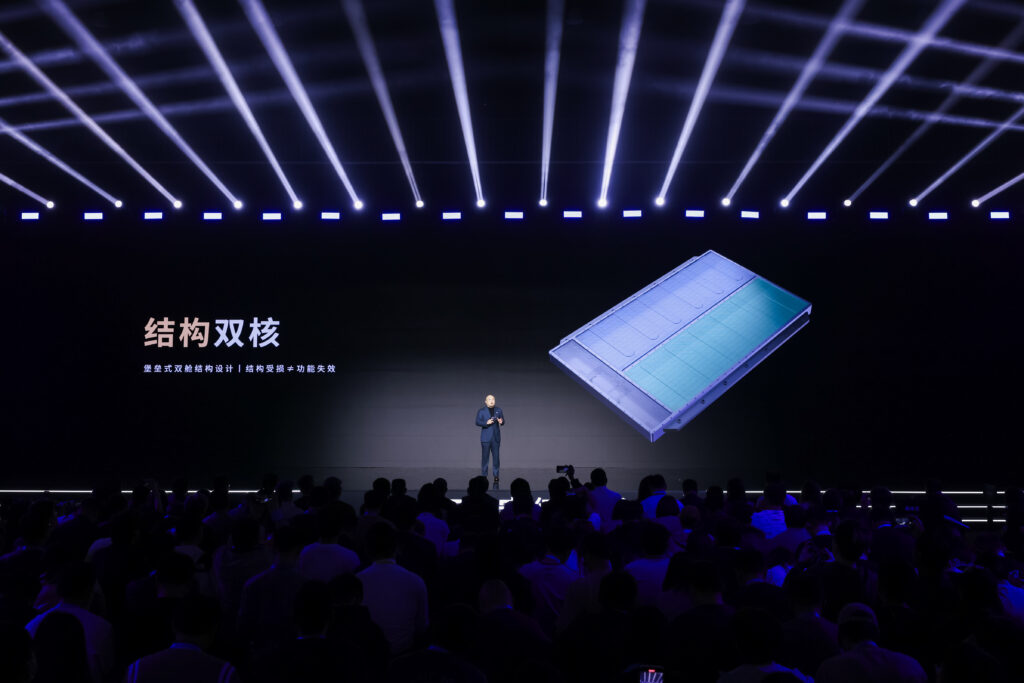
Second-generation Shenxing LFP battery
CATL’s Shenxing LFP battery was launched in 2023 boasting 4C charging, an impressive achievement for the time, but the launch of the second-generation Shenxing battery looks set to smash EV charging records that were only recently established by BYD’s 1MW charging battery a couple of months ago.
Boasting a peak charging rate of 12C, the second-generation Shenxing battery has a peak charging power of 1.3MW, enabling it to add 2.5 kilometres of range per second of charging.
This means users will be able to add as many as 520km of range in just five minutes on compatible chargers, with total range as high as 800km, and a 5-80 percent charge time of just 15 minutes, twice as fast as the industry’s current best charging level.

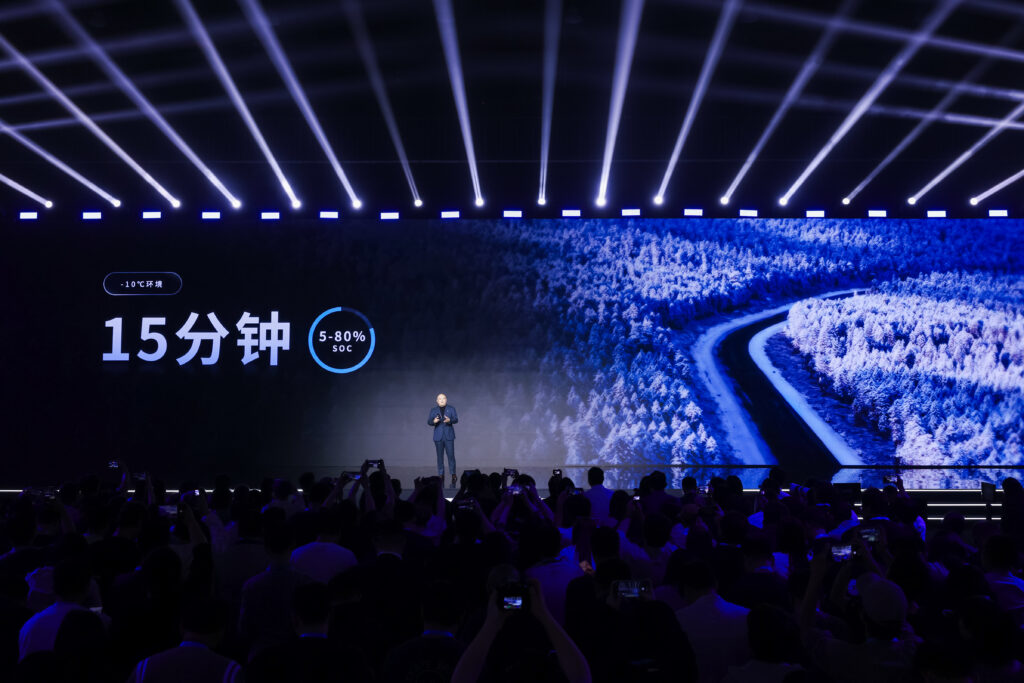
CATL also claims it has been proven to provide robust power delivery in a wide range of temperatures and charge states, with an output power of 830kW even in a low charge state, even in temperates as low as -10C.
No first models were mentioned in the presentation, but we have a sneaking suspicion that Zeekr’s soon-to-be-announced 9X SUV might be the first recipient if it comes in a full EV variant.

Naxtra Sodium-ion Battery
LFP, and NMC batteries in particular, have long given cause for concern regarding the usage and mining of the materials concerned, but CATL’s Naxtra sodium-ion battery looks set to usher in a new era of cleaner and safer battery chemistry.
Boasting energy density of 175Wh/kg, a figure that surpasses many if not most LFP batteries, the Naxtra sodium-ion battery has become the leading sodium-ion battery in the world on paper, with a range of up to 500km and a lifecycle that will take the battery beyond 10,000 charging cycles, or 27 years’ worth of daily charging.
The chemistry also offers far greater safety in the area of combustion on a material level, something CATL demonstrated in an eye-opening video showing one of its sodium-ion cells being crushed in three-dimensions by a 75mm thick buffer, penetrated by a 9mm thick nail, drilled with a cordless drill, and even cut in half completely by a circular saw, without even a hint of smoke or thermal runaway.
With sodium being 421 times more prevalent in the earth’s crust than lithium, sodium batteries provide the opportunity to significantly reduce the dependence on lithium reserves.
In addition to the automotive grade use of the Naxtra battery, CATL has also sought to use the technology to solve one of the main issues with trucks and large living vehicles like campervans, which use lead acid 24-volt batteries to provide power to onboard appliances such as air conditioners and starter motors.
The Naxtra 24V Heavy-Duty Truck Integrated Start-Stop battery is capable of performing in temperatures as high as 70C and as low as -40C, retaining 90 percent of usable power at the coldest temperature, even at a state of charge (SoC) as low as ten percent.
This can save over eight years of service life and reduce lifecycle costs of lead acid batteries by 61 percent, a saving trucking companies will appreciate on their bottom line, while it’s also significantly less harmful to the environment to produce and dispose of.
A deep discharge feature and one-click starting at -40C are additional benefits noted, as well as the ability to use the battery to start a truck even if it has been idle for a whole year.
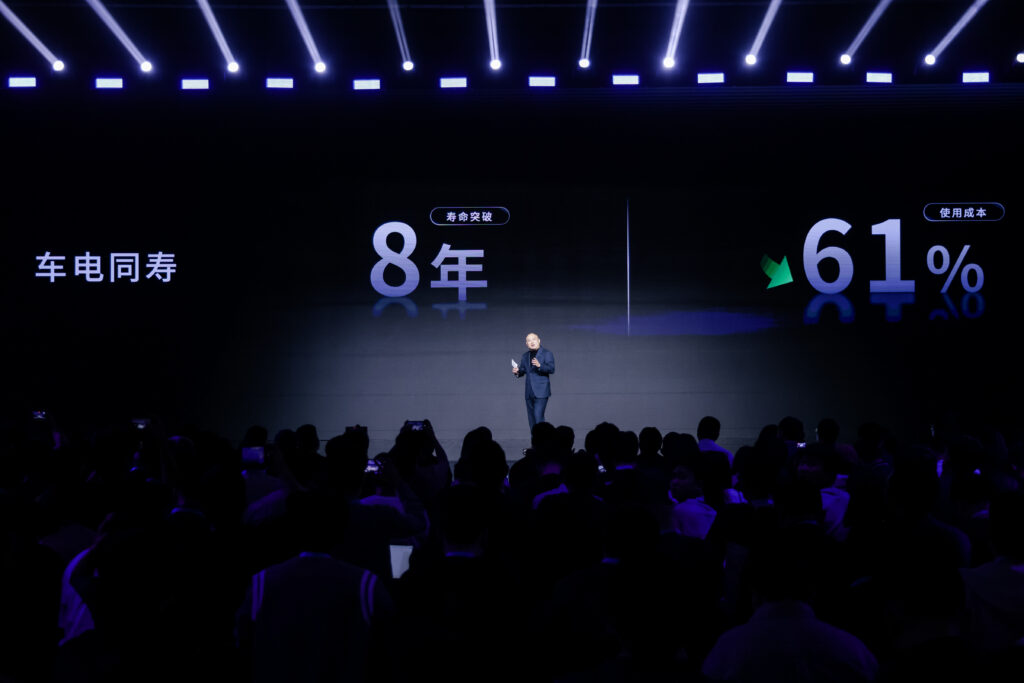
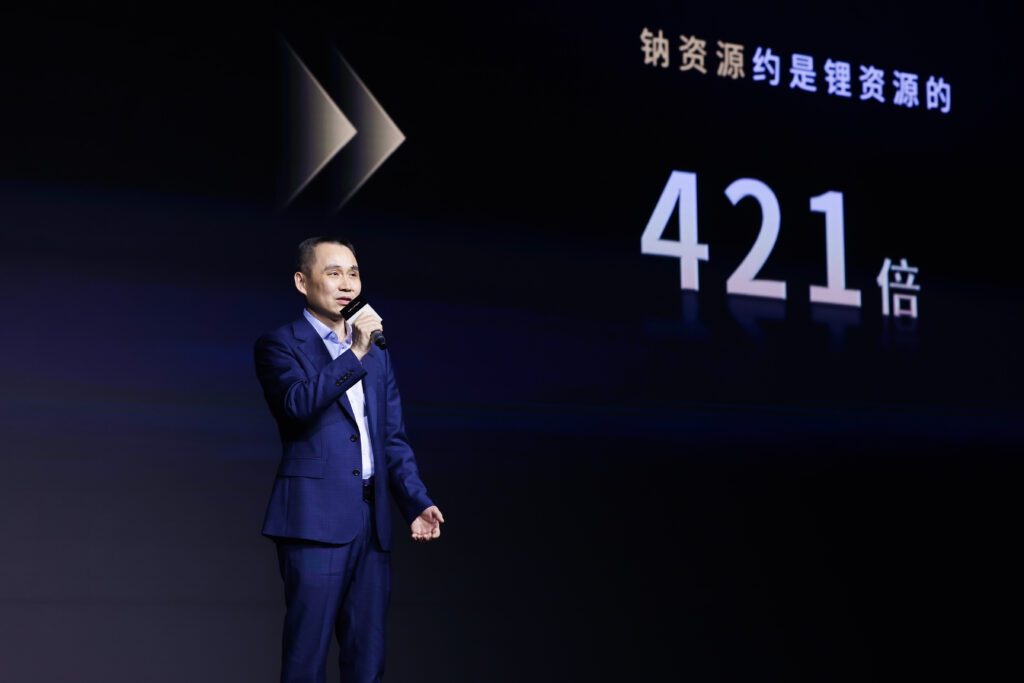
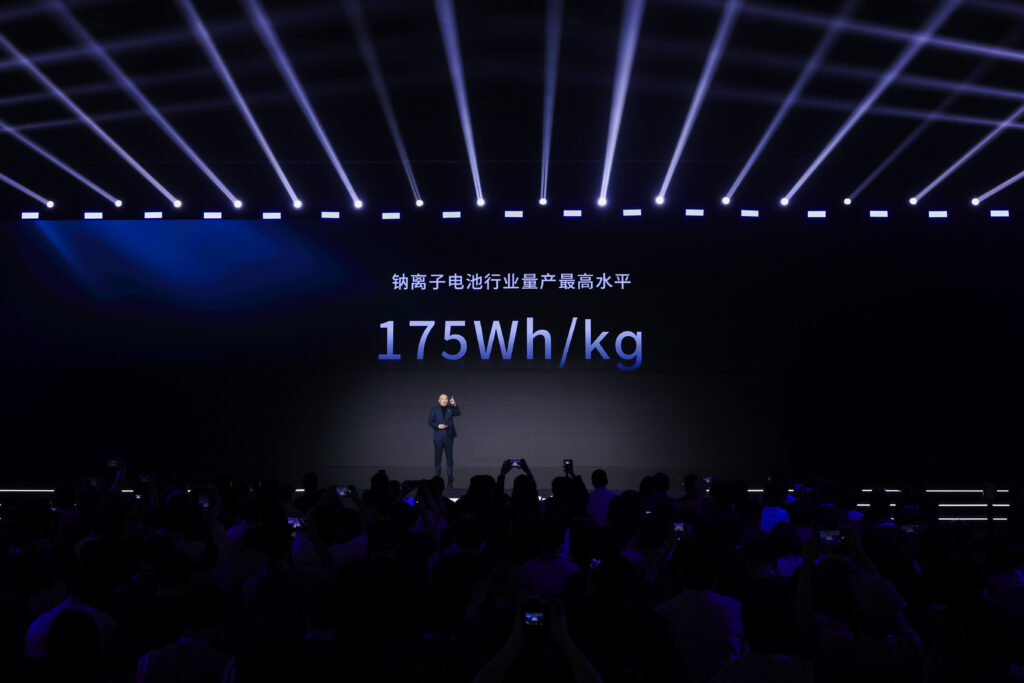
Freevoy Dual-Power Battery
Building on the developments of the two prior battery chemistries, CATL announced the launch of their Freevoy Dual-Power battery, a battery that can combine two different chemistries in a single pack for optimal deployment in different scenarios.
CATL claims the Freevoy Dual-Power battery features self-forming anode technology, which means that a breakthrough at the atomic level enables an increase in volumetric density of the battery of 60 percent, and an increase in gravimetric energy density of 50 percent.
In short, more power can be engineered in the same battery pack, thus enhancing range. When combined with an NMC system, battery density can reach more than 1000Wh/L.
CATL were keen to stress the benefits of such a battery featuring two independent energy zones, and five dual functions, including dual high- and low-voltage, dual structure, dual thermal management, and dual thermal runaway protection.
In being able to to call upon two different chemistries in one battery, the Freevoy Dual-Power can adapt delivery of power from each chemistry in the way that best suits the vehicle’s driving status and the users’ driving habits.
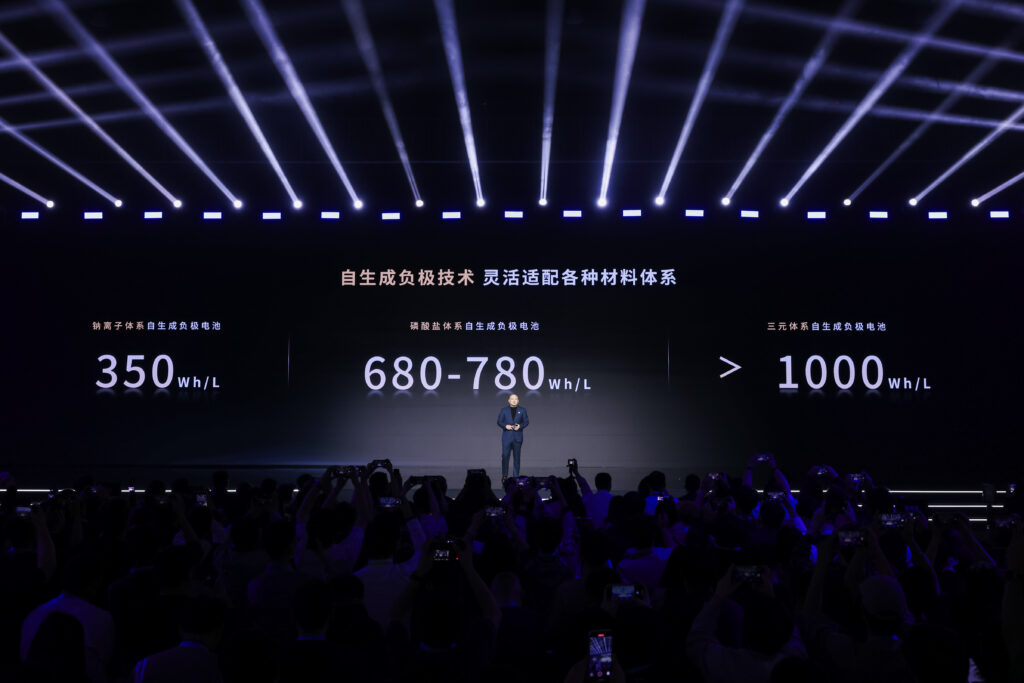
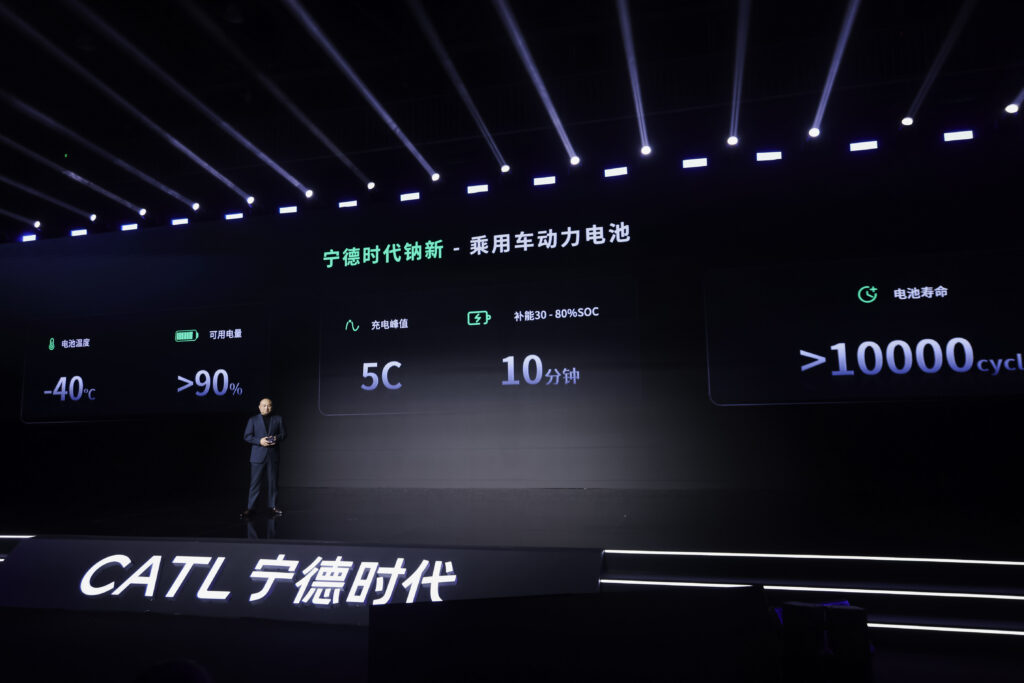

Three chemistry configurations were announced at the launch, including Sodium and LFP, which combines the low-temperature performance of sodium-ion technology and the extended range of LFP.
The second chemistry is a dual LFP battery units, which combines half Shenxing battery chemistry and half with LFP self-forming anode chemistry, to achieve as much as 1,000km of pure electric range in saloons with a three-metre wheelbase, and running costs as low as 0.1RMB per kilometre.
The final chemistry option is a mix of NMC and LFP, with a dual NMC chemistry, which enables a peak charging rate of 12C and 1MW power delivery for the main energy zone, and the ability to still produce 600kW of power when SoC drops to 20 percent, as well as energy capacity of over 180kWh in saloons with a three-metre wheelbase, and a total range of over 1,500km.
Put simply, the Dual-Power batteries offer the flexibility to suit a multitude of use cases relevant to the vehicle type, enabling a system that can call upon the best elements of each chemistry in a single unit, something that isn’t possible in a single chemistry battery.
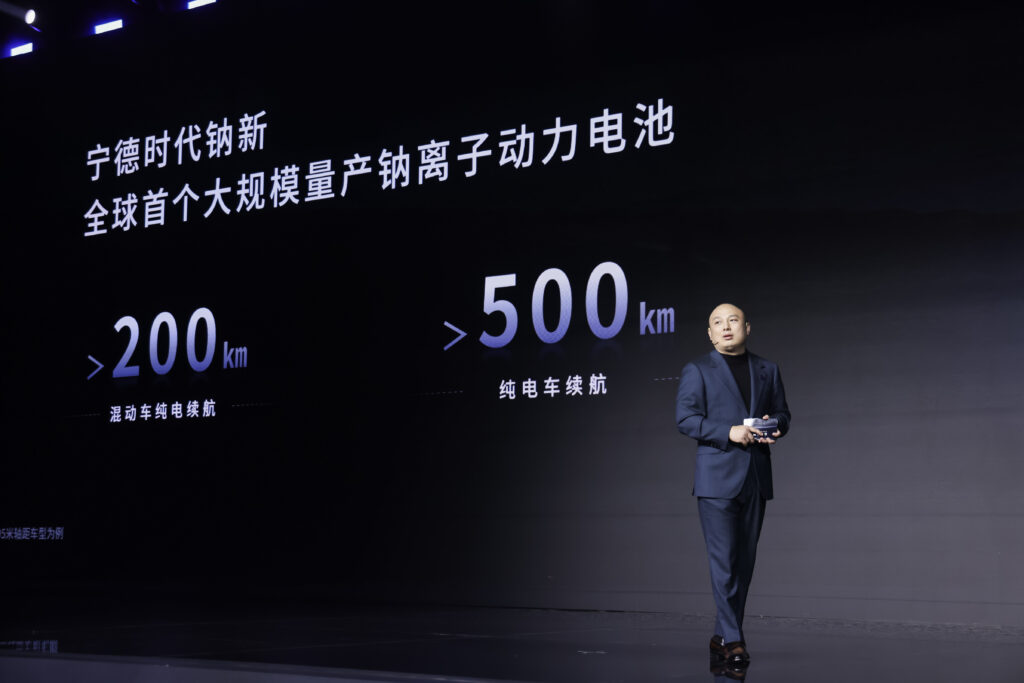

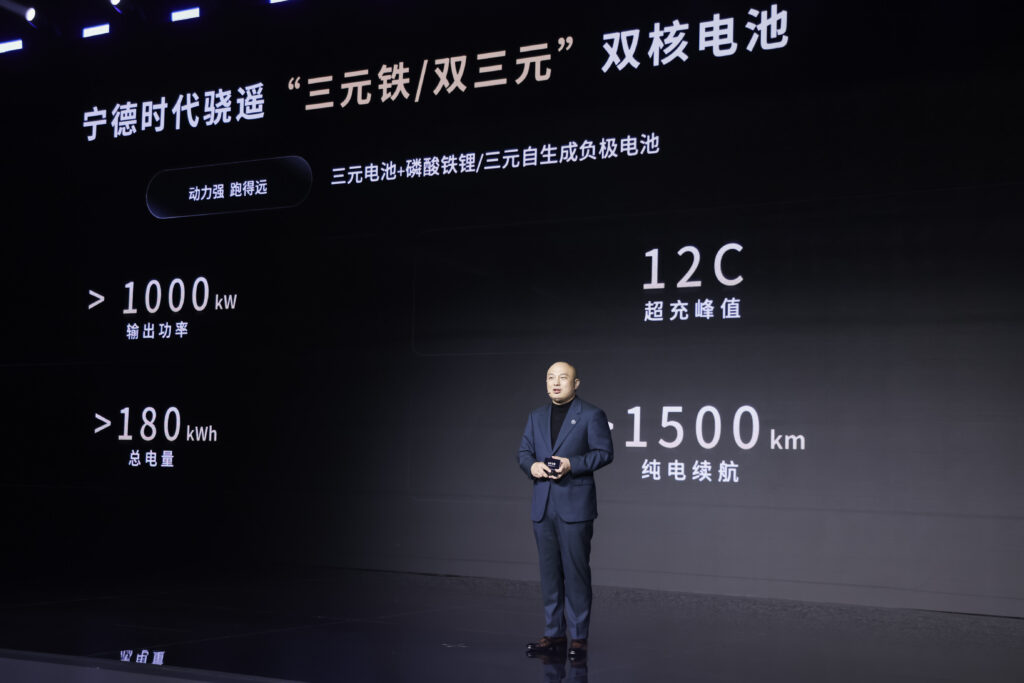


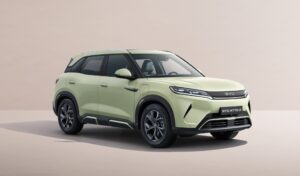
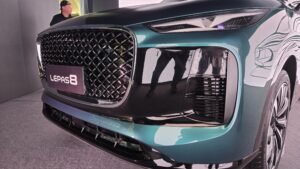
This is an engineering marvel
12C charging is a dream cum true
Wonderful
Hearty congratulations